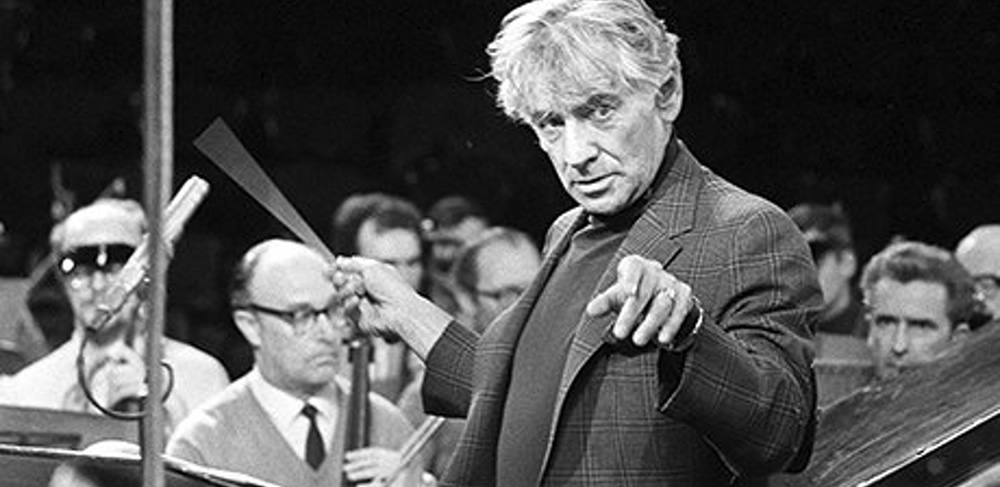Classical music.. how do you approach it? There’s so much of it. How do you find out what you like and what you don’t, where to begin, which direction to go? There may be a temptation to just ignore it. Don’t get it, never will.. which would be a big mistake.
Classical music is boring? How about The Rite Of Spring, music by Stravinsky? At it’s premiere in 1913, there were riots worthy of a Sex Pistols or Jesus And Mary Chain gig. Arguments, fistfights in the audience, the Paris police failed to restore order, chaos reigned. Anything but boring.
Classical music is highbrow? Let’s take the tritone, for example, a musical interval that spans three whole tones, the augmented fourth or diminished fifth. It’s an unsettling and unstable noise. Not interested? Well, it’s also called diabolus in musica, the devil in music. Remember the intro of Jimi Hendrix’s Purple Haze? It’s a tritone. You’ll hear it in the music of Black Sabbath. And you’re going to find it in classical works by Saint-Saëns, Benjamin Britten and many more, from the Middle Ages onward. And in jazz. And in film music.
So you could pick up a book or two to help you along.. start with Alex Ross’s The Rest Is Noise, which will tell you about 20th century music and how modern composers pushed the classical music envelope, creating an array of sounds as yet unheard. The book looks back for references to the late romantic period of Gustav Mahler and Richard Strauss, and tips its hat to The Velvet Underground, The Beatles, Charlie Parker and John Coltrane.
I was lucky. My much-missed old friend Gillan Meek prompted and gently pushed music in my direction. “Try this”.. “Did you like it? Great. Here’s something a little different.” That’s how I discovered beautiful sounds like the Tallis Fantasia by Vaughan-Williams (1910), Arvo Pärt‘s Cantus In Memoriam Benjamin Britten (1977, modern music indeed) and Music for Strings, Percussion and Celesta by Bartók (1936). Try them for size.
It’s easier than ever to try classical music.. Alex Ross’ web site has iTunes playlists and the majority of MP3 download sites will let you grab just one movement of a symphony, say, to sample it.
And if I had to recommend just one place to get you started on a classical music odyssey, let’s pick something from a time before Alex Ross’s book begins. Take fifteen minutes out of your day to listen to Leonard Bernstein and the New York Philharmonic play the fourth movement from Gustav Mahler‘s 5th Symphony. There’s no finer interpretation of the Adagietto.
https://www.youtube.com/watch?v=uOo8QoJEE6I&rel=0
Here’s Part 2. Did you like it? Good. There’s a whole lot more to discover.

3 replies on “The Rest Is Noise”
A very interesting slant! And also very true. I have for many years regarded classical music as “pop on speed” and if you truly enjoy popular music there is no reason why classical should not feature in your listening. (And conversely – if you really like classical music there should be no reason to dislike popular music.)
Good article, Captain!
If I can add one thing – if you’re unsure about whether classical music is for you, go to a concert and experience it live. It will make up your mind for you!!
Thanks for your comments, gentlemen. Brits within reach of the Proms concerts in London (as I used to be) are lucky to have a great selection of concerts to choose from every summer, at no great cost, and the best quality. Don’t miss out on classical concerts wherever you are.. ticket prices can be much less than rock gigs, so what do you have to lose?